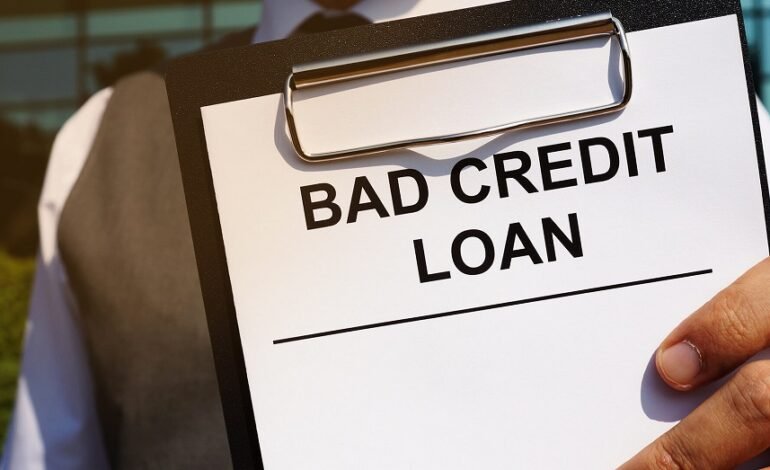Understanding Bad Credit Loans: A Comprehensive Guide

In today’s financial landscape, having a good credit score can open many doors, from securing a mortgage to obtaining the best interest rates on loans and credit cards. However, not everyone has a stellar credit history. Life’s financial ups and downs can lead to a lower credit score, which can make it challenging to obtain loans when you need them the most. This is where bad credit loans come into play. In this article, we’ll explore what bad credit loans are, how they work, the types available, and tips for getting approved.
What are Bad Credit Loans?
Bad credit loans are financial products designed for individuals with a low credit score or poor credit history. These loans can provide a lifeline to those who might not qualify for traditional loans from banks or credit unions due to their credit score. While these loans can be more accessible, they often come with higher interest rates and stricter terms to offset the risk lenders take by offering loans to individuals with bad credit.
How Do Bad Credit Loans Work?
When you apply for a bad credit loan, the lender will assess your creditworthiness differently compared to traditional loans. Instead of solely focusing on your credit score, they might consider other factors such as your income, employment history, and existing debt. This holistic approach allows lenders to gauge your ability to repay the loan, even if your credit score isn’t ideal.
Types of Bad Credit Loans:
- Secured Loans: These loans require collateral, such as a car or savings account, which the lender can seize if you default on the loan. Secured loans often have lower interest rates compared to unsecured loans because the collateral reduces the lender’s risk.
- Unsecured Loans: These loans do not require collateral, making them riskier for lenders. As a result, they usually come with higher interest rates. Unsecured loans rely heavily on your income and ability to repay.
- Payday Loans: Short-term loans that typically need to be repaid by your next payday. They are easy to obtain but come with extremely high interest rates and fees, making them a less favorable option.
- Personal Installment Loans: These loans allow you to borrow a lump sum and repay it over a set period in fixed monthly installments. They can be secured or unsecured and usually have lower interest rates than payday loans.
- Credit Union Loans: Credit unions often offer loans to their members with bad credit. They may provide more favorable terms and lower interest rates compared to traditional banks.
Tips for Getting Approved for a Bad Credit Loan:
- Check Your Credit Report: Before applying for a loan, review your credit report for errors or inaccuracies that could be negatively impacting your score. Disputing incorrect information can potentially improve your credit score.
- Compare Lenders: Not all lenders are created equal. Research and compare multiple lenders to find the best terms and interest rates for your situation. Look for lenders that specialize in bad credit loans.
- Improve Your Debt-to-Income Ratio: Lenders look at your debt-to-income ratio to determine your ability to repay the loan. Paying down existing debt can improve this ratio and increase your chances of approval.
- Provide Proof of Income: Demonstrating a stable income can reassure lenders of your ability to repay the loan. Be prepared to provide pay stubs, tax returns, or bank statements.
- Consider a Co-Signer: If you have a trusted friend or family member with good credit, having them co-sign the loan can improve your chances of approval and potentially secure better terms.
- Be Cautious of Scams: Unfortunately, some predatory lenders take advantage of people with bad credit. Be wary of lenders who guarantee approval without checking your credit or who ask for upfront fees.
Conclusion
Bad credit loans can be a valuable tool for individuals who need financial assistance but have a poor credit history. By understanding how these loans work, exploring the different types available, and following best practices for approval, you can make informed decisions and find a loan that suits your needs. Remember, while bad credit loans can help you in a pinch, it’s essential to borrow responsibly and work towards improving your credit score for better financial health in the future.










